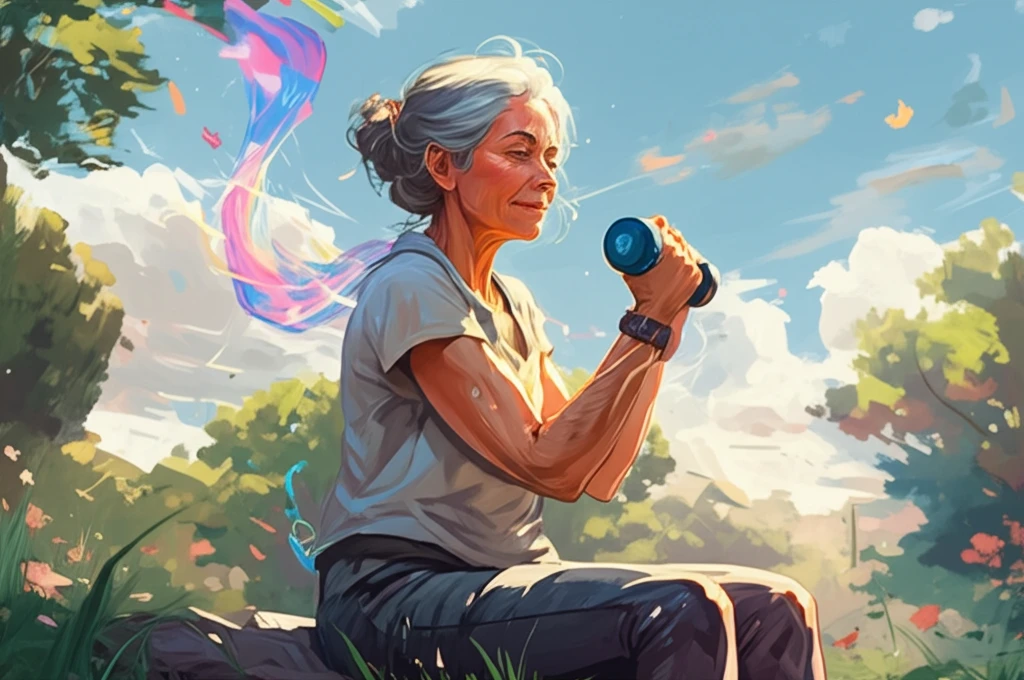
Unlock Your Ageless Vitality: The Fitness-Quality of Life Connection for Seniors
"Discover how simple strength exercises can dramatically improve your mental and physical well-being as you age, empowering you to live a fuller, healthier life."
We're living longer, and while that's a triumph, it also brings new challenges. As we age, maintaining our health and independence becomes a top priority. It's not just about adding years to our lives, but adding life to our years. This means focusing on both our physical and mental well-being so that we enjoy every moment, regardless of age.
Quality of life and preventing functional decline are now key public health goals. Understanding what contributes to a better quality of life allows for the creation of effective policies that genuinely support the well-being of our aging population. This begins with taking a proactive approach to health.
According to the World Health Organization (WHO), health in older adults is defined by their ability to perform daily activities and participate in social life. Physical activity is a cornerstone of healthy aging, helping us stay active and engaged. While the connection between physical activity and quality of life is well-recognized, the specific role of physical fitness hasn’t been as clearly defined – until now.
The Power of Strength: How Fitness Impacts Your Well-being

A new study has investigated how different aspects of physical fitness affect the perceived quality of life in older adults. The goal was to pinpoint the specific fitness components that contribute most to a senior's overall sense of health and happiness. Researchers in Chile assessed 116 community-dwelling older adults, evaluating their physical fitness using standard tests like the Senior Fitness Test (SFT) and hand grip strength (HGS). They then measured their health-related quality of life (HRQOL) across eight key areas, including physical function, role limitations due to physical health, bodily pain, general health, vitality, social function, role limitations due to emotional problems, and mental health.
- Arm Curl Test (ACT): A measure of upper body strength and endurance.
- Hand Grip Strength (HGS): An indicator of overall muscle strength.
- Senior Fitness Test (SFT): A battery of tests assessing functional fitness in older adults.
- SF-12v2 Questionnaire: A tool used to measure health-related quality of life.
Your Path to a More Vibrant Life Starts Now
This research sends a clear message: strength matters. By prioritizing exercises that build and maintain upper body and grip strength, older adults can take control of their vitality, mental health, and overall quality of life. The hand grip and arm curl tests are easy to administer. The low cost and easily administration support this addition to primary care programs and EFAM.
